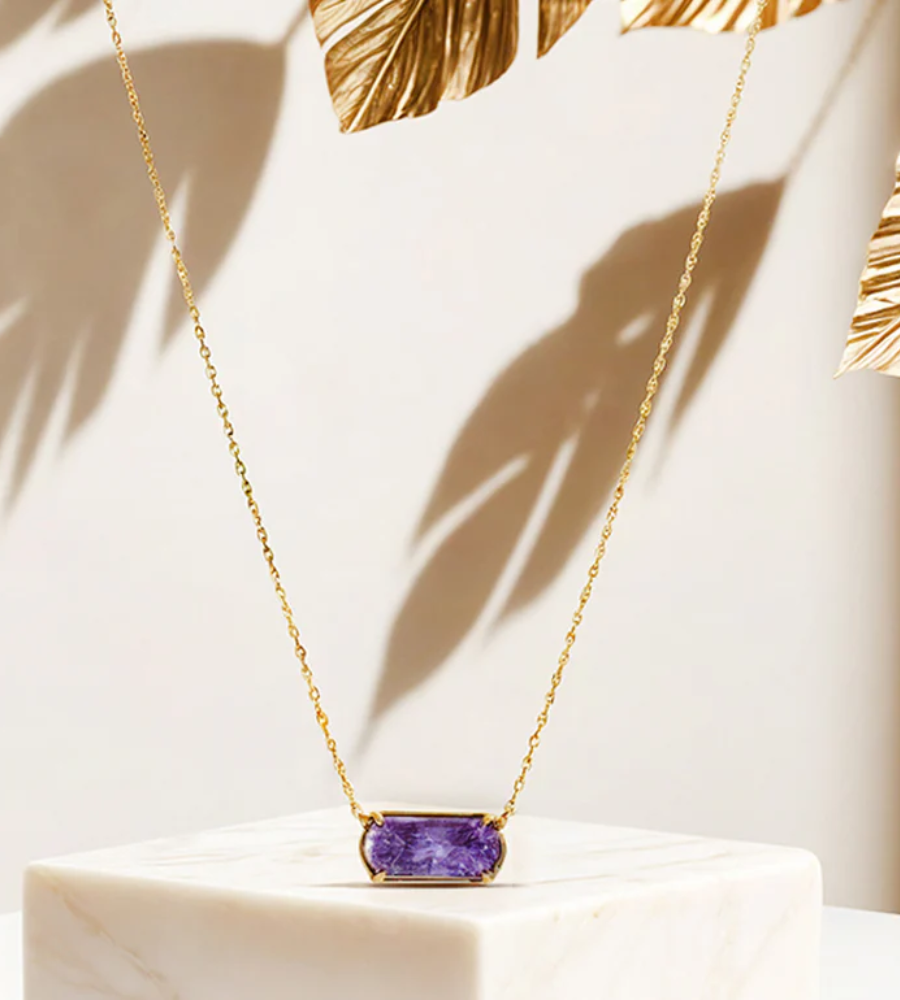The Exquisite Rug-Making Techniques You Should Know About

Rugs have been an integral part of human culture for centuries, serving both practical and aesthetic purposes. Among the various rug-making techniques, the artistry of hand-knotted rugs stand out as a time-honored tradition that combines skill, precision, and creativity. In this exploration, we look into the captivating world of hand-knotted rugs, uncovering the intricate process that transforms raw materials into exquisite floor coverings.
The Essence of Hand-Knotted Rugs
Hand-knotted rugs, also known as Oriental rugs, are crafted with meticulous attention to detail by skilled artisans. These rugs are revered for their durability, intricate designs, and the unparalleled quality that results from the labor-intensive process of hand knotting each individual strand of yarn.
Materials as the Foundation
The journey of rug-making technique begins with the selection of materials. Wool, silk, and cotton are commonly chosen for their unique characteristics. Wool, prized for its resilience and natural luster, is a popular choice for the pile—the visible surface of the rug. Silk, with its luxurious feel and fine texture, is often used for highlighting details in the design. Cotton serves as the foundation, forming the warp and weft that provide structure to the rug.
Designing the Blueprint
Before the weaving process commences, the rug’s design is meticulously planned. This involves creating a detailed blueprint or pattern, often drawn on graph paper, where each square represents a knot. The design reflects cultural motifs, symbols, and artistic expressions that are unique to the region or the artisan’s individual style.
The Knotting Process
The defining characteristic of hand-knotted rugs is the labor-intensive knotting process. Artisans weave each knot by hand, tying individual strands of yarn around pairs of warp threads. The two primary types of knots used in hand-knotted rugs are the Turkish or symmetrical knot and the Persian or asymmetrical knot. The density of knots per square inch, known as knot count, is a crucial factor influencing the rug’s quality and intricacy.
Craftsmanship in Action
As artisans knot the yarn, the design gradually emerges, creating a textured surface with vibrant colors and intricate patterns. The craftsmanship involved in rug-making techniques is a testament to the artisan’s skill and dedication. Depending on the size and complexity of the rug, the knotting process can take several months to complete.
Finishing Touches
Once the knotting is finished, the rug undergoes several finishing processes. These may include shearing the pile to achieve a uniform height, washing to enhance the colors and soften the texture, and carefully trimming any excess yarn. The finishing touches are crucial in bringing out the rug’s final aesthetic and tactile qualities.
Cultural Significance
Hand-knotted rugs carry deep cultural significance, often reflecting the heritage and traditions of the regions where they are crafted. The motifs and patterns tell stories, conveying a sense of identity and history. Whether it’s the geometric patterns of Persian rugs, the floral designs of Turkish rugs, or the symbolic motifs of Central Asian rugs, each piece is a unique expression of cultural artistry.
Preserving Tradition in the Modern World
In today’s fast-paced world, the art of hand-knotting rugs faces challenges from mechanized production and mass manufacturing. However, artisans and enthusiasts alike recognize the importance of preserving this ancient craft. Hand-knotted rugs continue to be highly sought after for their unparalleled quality, craftsmanship, and the timeless beauty they bring to any space.
The Investment and Legacy
Hand-knotted rugs are not merely floor coverings; they are investments in artistry and culture. The craftsmanship involved, coupled with the quality of materials used, contributes to the longevity of these rugs. Many hand-knotted rugs become cherished family heirlooms, passed down through generations as a testament to enduring quality and timeless design.
FAQs
How long does it take to hand-knot a rug?
The time required to hand-knot a rug varies based on size and complexity. It can take several months to complete the knotting process, showcasing the dedication and skill of the artisan.
What cultural significance do hand-knotted rugs hold?
Hand-knotted rugs often reflect the heritage and traditions of the regions where they are crafted. The motifs and patterns convey cultural stories, providing a sense of identity and history.
How do hand-knotted rugs contribute to interior decor?
Hand-knotted rugs bring a timeless and artistic quality to interior spaces. Their unique designs, vibrant colors, and cultural stories make them a centerpiece in home decor.
Can hand-knotted rugs be considered investments?
Yes, hand-knotted rugs are often considered investments due to their enduring quality, craftsmanship, and cultural significance. Many become cherished family heirlooms passed down through generations.
How can one ensure the authenticity of a hand-knotted rug?
Authenticity can be ensured by purchasing from reputable dealers, checking for proper documentation and certificates, and consulting with rug experts who can verify the rug’s origin and quality.
Are hand-knotted rugs suitable for high-traffic areas?
Yes, hand-knotted rugs are known for their durability and are suitable for high-traffic areas. Their quality craftsmanship allows them to withstand the rigors of daily use.
How should one care for hand-knotted rugs?
Regular maintenance, including periodic cleaning, avoiding direct sunlight exposure, and using rug pads, is essential for preserving the longevity and beauty of hand-knotted rugs.
In Conclusion
The art of hand-knotting rugs is a captivating blend of tradition, craftsmanship, and cultural expression. From the careful selection of materials to the intricate knotting process, each step contributes to the creation of a unique masterpiece. Hand-knotted rugs, with their enduring allure and rich cultural stories, continue to be cherished as symbols of artistic excellence and timeless beauty in the world of interior decor.











